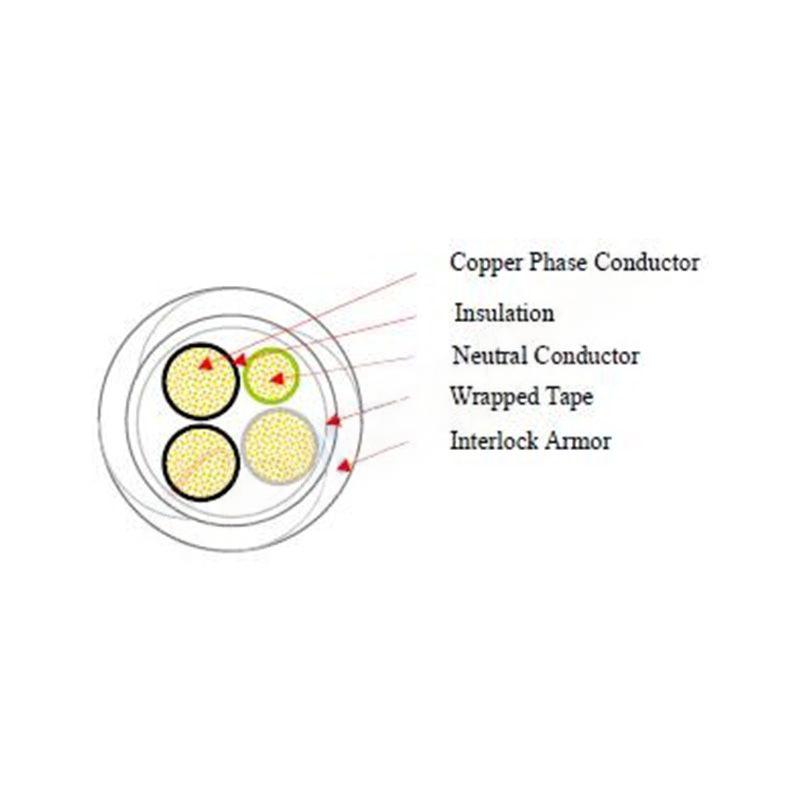Nov . 23, 2024 13:59 Back to list
resilient seat gate valve
Understanding Resilient Seat Gate Valves Key Features and Benefits
Resilient seat gate valves play a crucial role in various industrial and municipal applications, particularly in controlling the flow of water, gas, and other fluids. These valves are designed with a unique resilient seating material, which enhances their performance and durability compared to traditional gate valves. In this article, we explore the key features, benefits, and applications of resilient seat gate valves.
What Are Resilient Seat Gate Valves?
A resilient seat gate valve is a type of valve that uses a rubber or elastomeric material as the seating surface where the gate meets the valve body. This resilient seating allows the valve to provide a tight seal, ensuring that there is minimal leakage when the valve is closed. The gate itself typically operates by moving vertically within the valve body, providing a straightforward mechanism for opening and closing the flow path.
Key Features
1. Enhanced Sealing Performance The resilient material used in the seat of the valve provides superior sealing capabilities compared to metal-to-metal seats found in traditional gate valves. This characteristic is particularly important in applications where preventing leaks is crucial for operational efficiency and environmental protection.
2. Corrosion Resistance Many resilient seat gate valves are constructed using ductile iron or other corrosion-resistant materials, reducing the risk of degradation over time. This makes them suitable for a wide range of fluids, including potable water and wastewater.
3. Ease of Operation The design of resilient seat gate valves typically allows for smooth operation. The gate can be easily lifted or lowered, often requiring less torque compared to traditional valves. This user-friendly feature makes resilient seat gate valves ideal for installations requiring frequent operation.
resilient seat gate valve

5. Versatile Applications Resilient seat gate valves can be used in various applications, including municipal water supply systems, fire protection services, irrigation, and industrial processes. Their adaptability makes them a preferred choice for engineers and system designers.
Benefits
1. Cost-Effectiveness While the initial investment in resilient seat gate valves may be higher than traditional valves, the long-term savings in maintenance and reduced leakage make them a cost-effective solution.
2. Environmental Impact By minimizing leakage, resilient seat gate valves contribute to increased operational efficiency and minimize the environmental impact of fluid loss, making them an environmentally responsible choice.
3. Improved Functionality With their ability to provide a reliable sealing mechanism, resilient seat gate valves help maintain system pressure and flow consistency, which is essential for the overall functionality of fluid transport systems.
4. Reduced Maintenance The durability and reliability of resilient seat gate valves lead to lower maintenance demands, allowing for less downtime and greater productivity for operations relying on these critical components.
Conclusion
In summary, resilient seat gate valves are an innovative solution that offers numerous advantages over traditional gate valve designs. Their enhanced sealing capabilities, corrosion resistance, ease of operation, and low maintenance requirements make them a reliable choice for a variety of applications. As industries continue to prioritize efficiency and environmental responsibility, the demand for resilient seat gate valves is expected to grow, solidifying their place as a vital component in fluid control systems worldwide.
Share
-
Reliable Wafer Type Butterfly Valves for Every IndustryNewsJul.25,2025
-
Reliable Flow Control Begins with the Right Ball Check ValveNewsJul.25,2025
-
Precision Flow Control Starts with Quality ValvesNewsJul.25,2025
-
Industrial Flow Control ReliabilityNewsJul.25,2025
-
Engineered for Efficiency Gate Valves That Power Industrial PerformanceNewsJul.25,2025
-
Empowering Infrastructure Through Quality ManufacturingNewsJul.25,2025